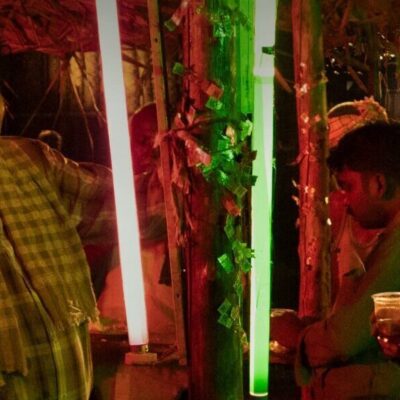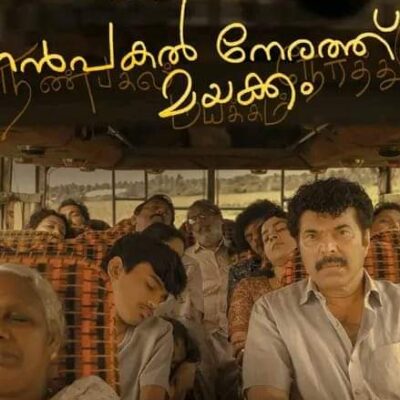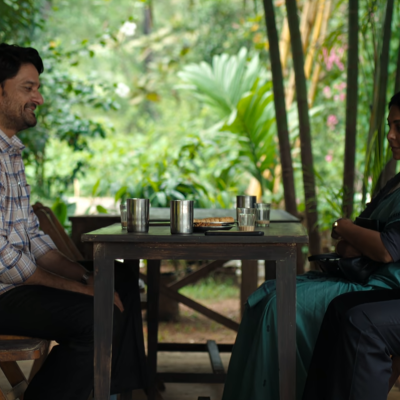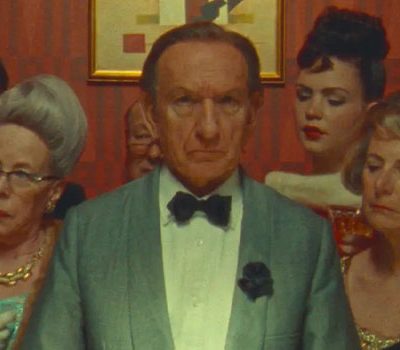Before digging deep into breaking down the scenes or aesthetics of the Kannada film Garuda Gamana Vrishabha Vahana, I just want to lay down two important points. First is that this film is not pretending to be Nayagan or Dalapathy or any other gangster films which we saw or knew about. Second, comparing this film to others is like doing great injustice to this film. Plain and simple. With that aside, let me share my views and start by claiming that this is one of the best gangster films that I have seen in recent times.
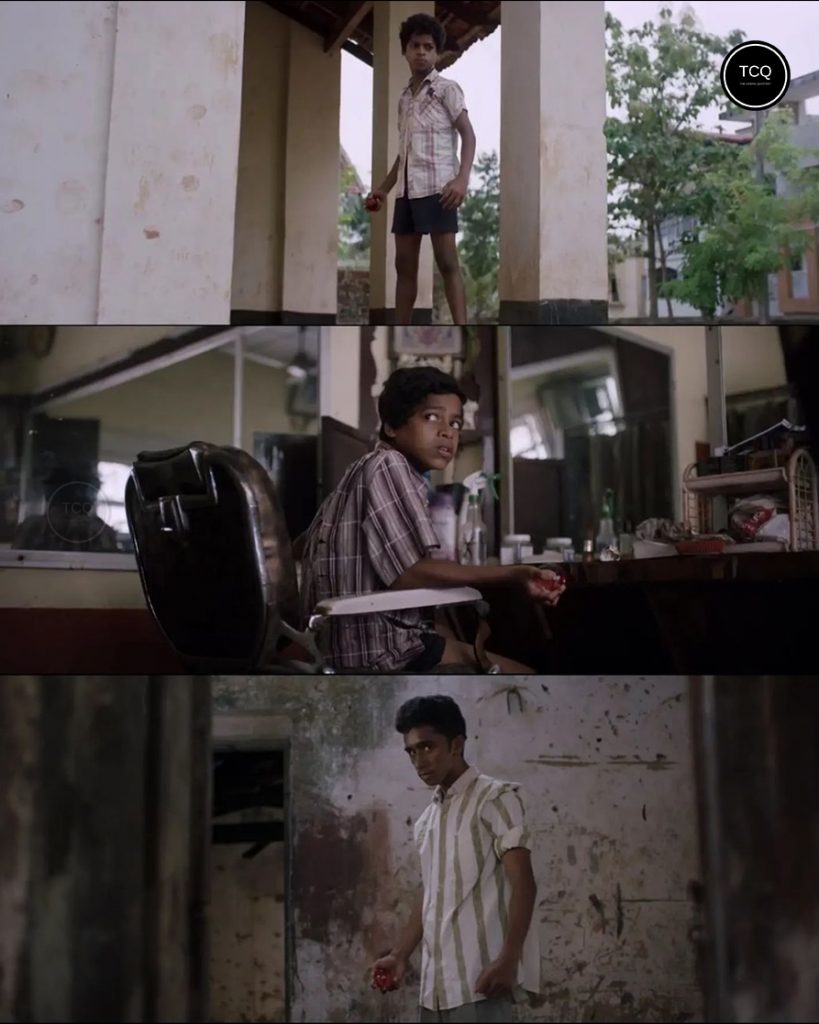
If someone asks what the plotline of this movie is in a single sentence, I’d say “when two indestructible (presumably) forces go against each other and it is caused by a timid third force” and I think whoever has seen this movie might agree to it. The movie is everything but that simple. We already have seen how epic The Godfather is yet we feel that Nayagan is equally epic, if not more. The same goes with GGVV. The kind of narrative the movie starts with is completely rustic and aesthetically pleasing that you cannot help but appreciate every scene as it unfolds minute-by-minute.
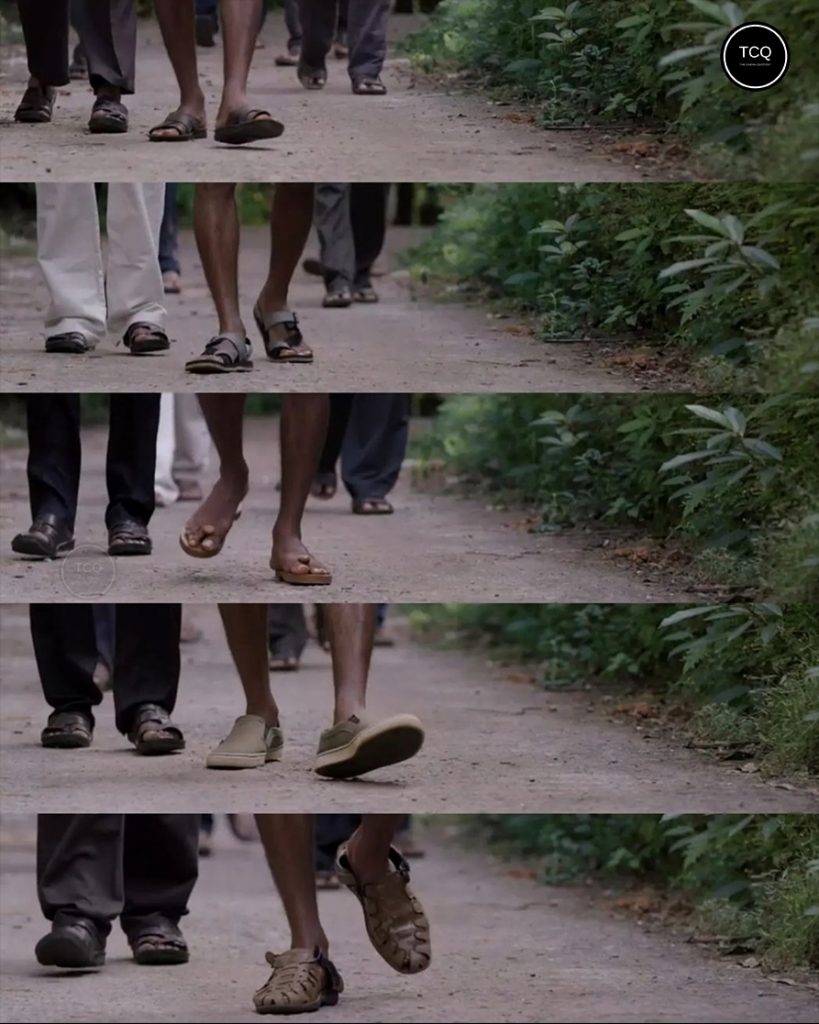
The characters Hari and Shiva, who are these two strong indestructible forces, yet so dependent, are shown in such a tender way that every time any violence happens, we feel sorry for the victim but at the same time, we feel for the one who is abusing it. But never has the director in any sense justified the violent acts that were committed by any of the characters in the movie. It is us, the viewers, who were looking for some sort of justification to be on the anti-hero’s side until the last frame. With such a twisted mindset of humans, the director has put a mirror in front of us and called out our hypocrisy that is so prevalent in every nook and corner of this world. And these twisted and manipulative characteristics are shown in Hari (played by Rishabh Shetty) which is a direct representation of the world as stated by the director, Raj B. Shetty in an interview who himself has played Shiva in the movie. The character Shiva is more of a violent yet simple personality, much like death. Death, at that very instant, looks so violent and sometimes gory but once it is over, the time comes to a standstill for a moment and feels so ordinary after that. That is Shiva in the film. And to go against these two forces, another mighty force is created called Brammayya (played by Gopal Krishna Deshpande), who is very timid and protective for his family and well-being but once odds are against him, he explodes in such a way that you don’t even know how to react or respond to the sudden blows of his.
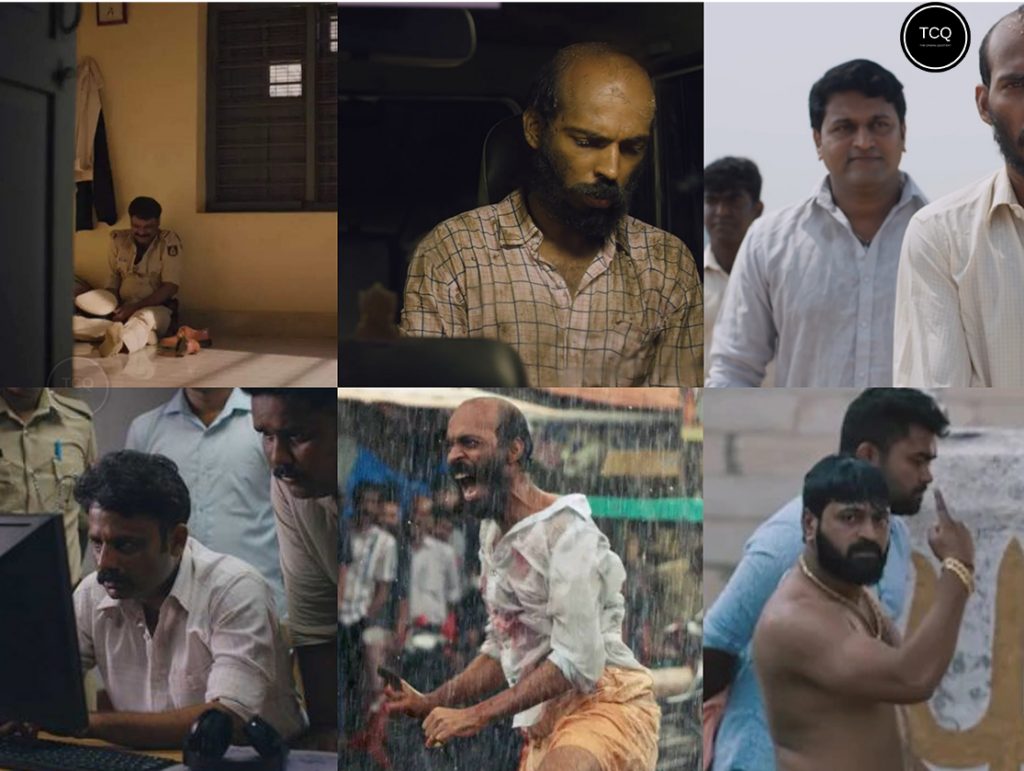
All these elements that sound so mystic and pure are set in a violent tone but it was so fulfilling to watch. It was like a beautiful poem that depicts bloodshed and gore. Like using soothing Santoor music as a chorus for a Death Metal track. It was truly a Poetry in Violence.
The slow-motion in this film is another big asset in this film. Usually, we are so used to the 96FPS slow-motion sequence that it became one of the biggest turn-offs in some recent movies. But in GGVV, the director and the DOP (handled by Praveen Shriyan) used the notion of slow-motion at the right chord by balancing it with the subtle music by the brilliant Midhun Mukundan. Sometimes, the silence was the powerful music in certain sequences which elevated the emotions to a newer level. Talking about the DOP, anyone who has a tad bit of idea of framing or scene-blocking, know that tight angles and close-ups are a sign of building up tension, suspense or anxiety. But in this film, we can see that there have been quite a few wide-angle shots that actually built some kind of eeriness into the scene. I think this is the first time, I personally felt intimidated and personal in wide/distant angle shots. That shows the power of evoking emotions even with the unorthodox screenplay.
There are many more such brilliant scenes or sequences in the movie that has so many layers that deserve at least a 1000-word article but I want you to experience it further if you haven’t already watched the movie yet. My closing lines would be if THE Creator can destroy and THE Preserver can create then that means THE Destroyer is preserving. Hence, we are inclined more towards THE Destroyer. You’d get this only if you watch the movie. It is currently streaming on Zee5.
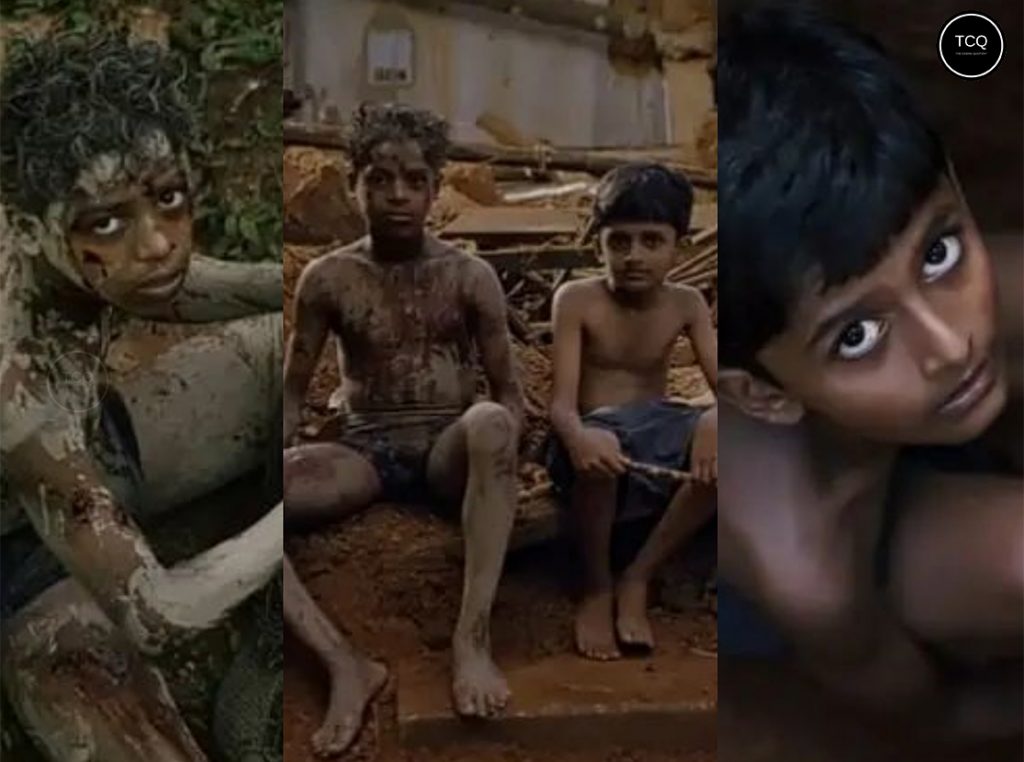
Points of Persuasion:
- Poetry in Violence.
- When the Trinity (Trimurthi) forces are against each other and their roles are changed.
- It is not the next Dalapathy but it is the first Garuda Gamana Vrishibha Vahana.

